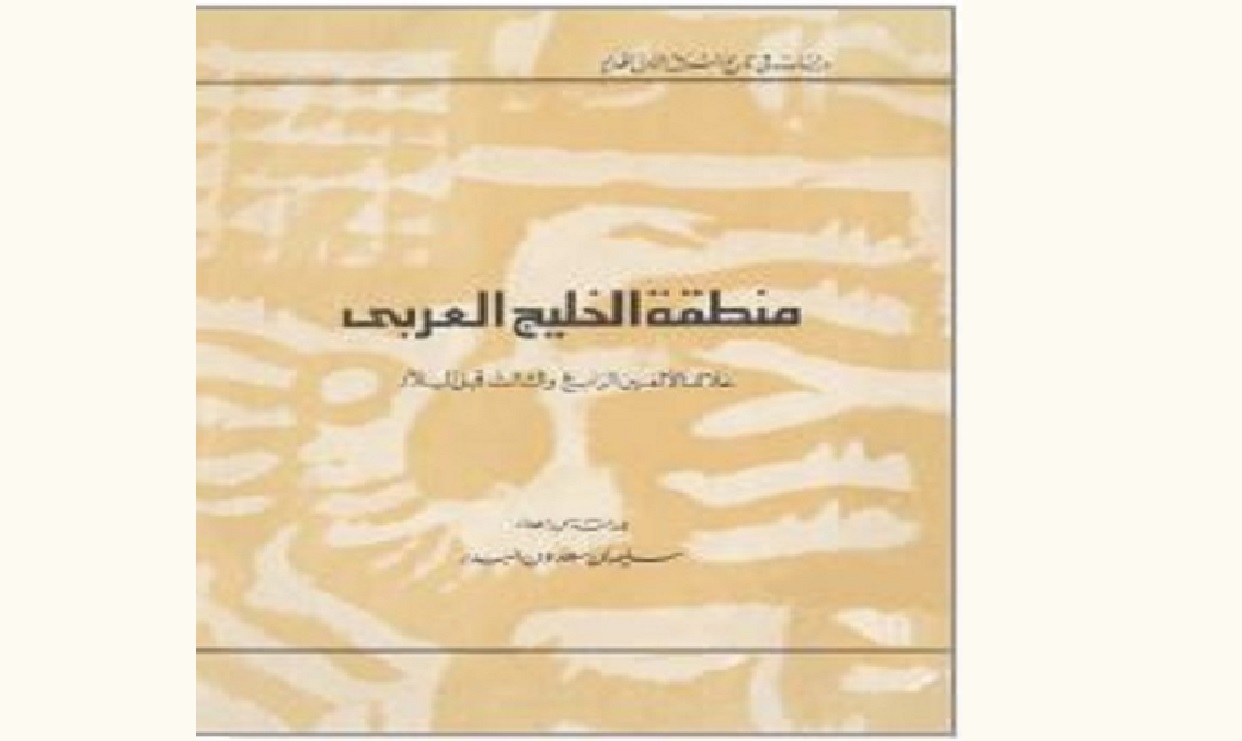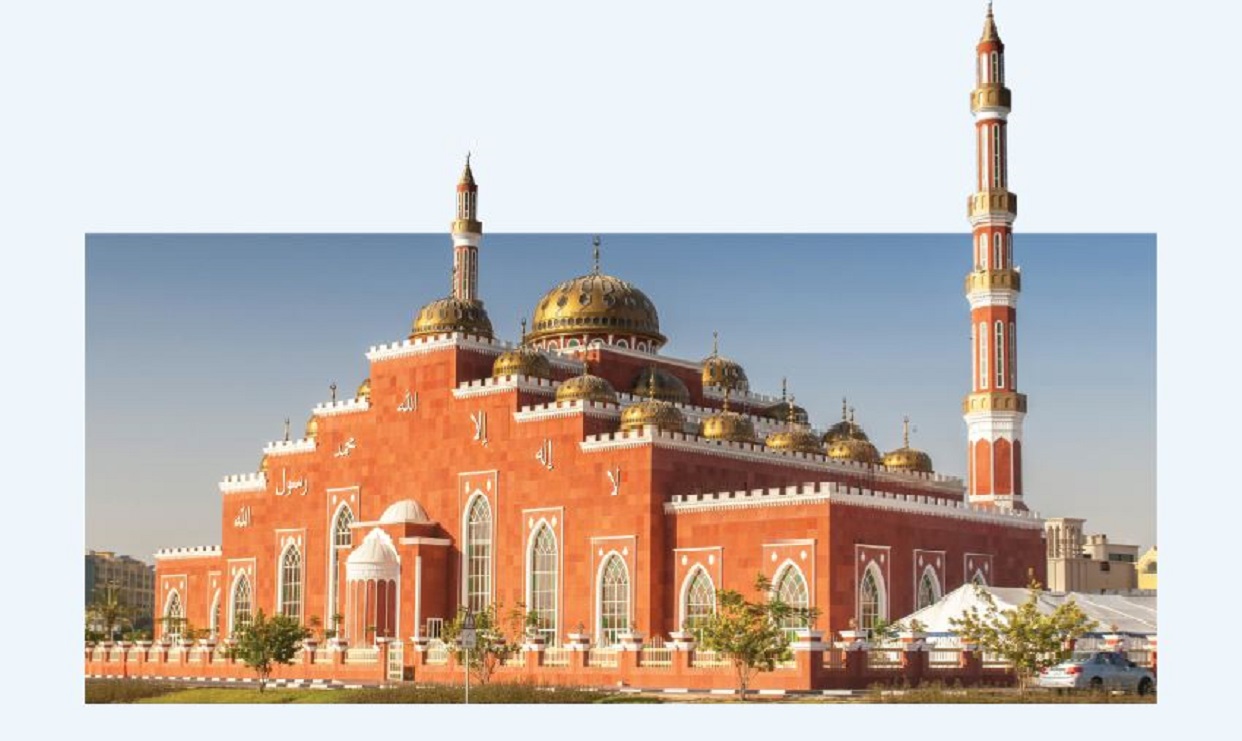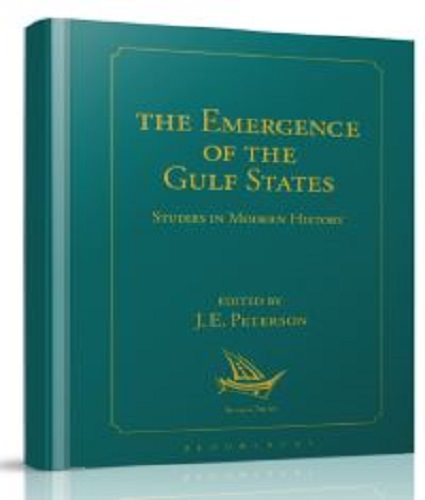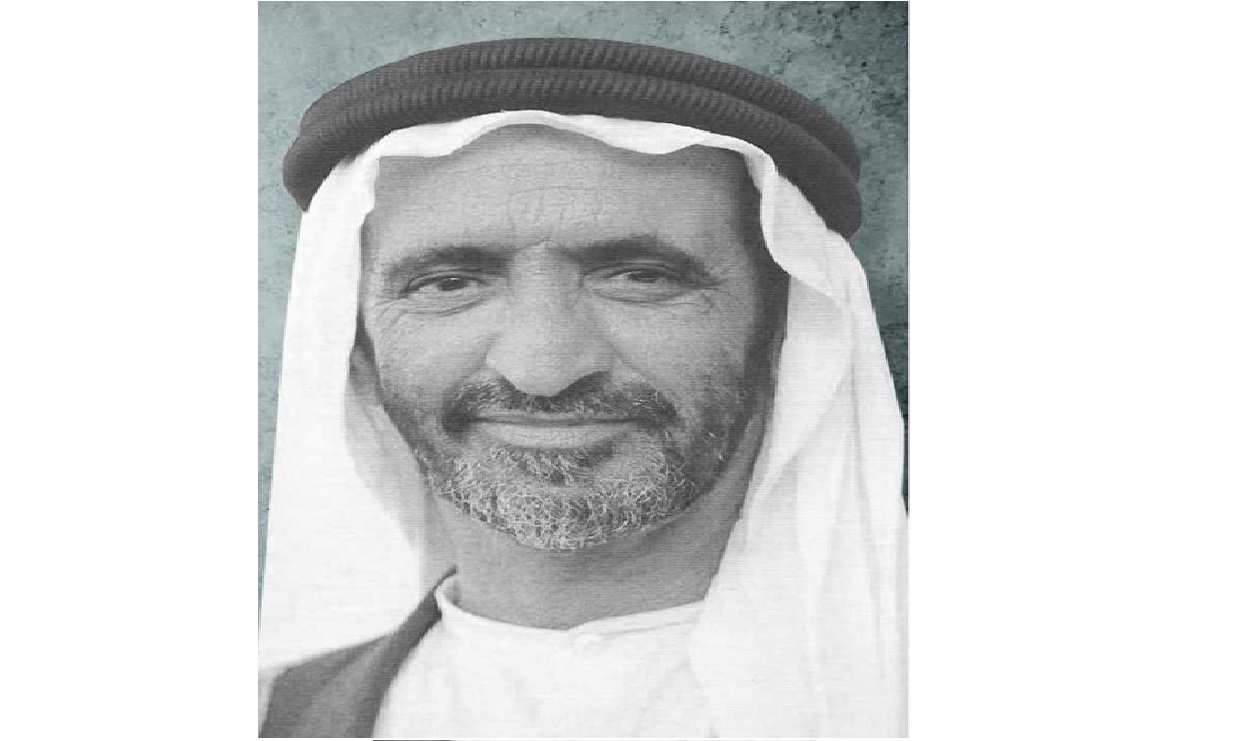924 عدد المشاهدات
Author: Sulaiman Sa´doon Al Bader
“The Arabian Gulf Region During the Fourth and Third Millennia BC” by Sulaiman Sa’doon Al-Bader (Kuwait Government Printing Press, 1974) is a distinctive, rich research on the history of human civilizations in the Arabian Gulf region and the Old East. The researcher relied on a number of theoretical and field studies, and applied the historical methodology, which is a useful scientific means to emphasize the importance of the events that occurred in the past. e are influenced by such events in their different temporal and spatial frameworks, so that we understand many of the events we are going through in our time.
The book highlighted the peculiarities of many civilizations that arose in areas surrounding the Arabian Gulf region, which had cultural connections with the region. The most important of which is the civilization of southern Mesopotamia, which witnessed three important prehistoric stages: the stage of the Ubaid (Arabic العُبَيد) civilization, the stage of the Warka’ (ancient Uruk) civilization and the stage of the Jemdet Nasr (Arabic: جَمدة نصر ) civilization.
The Three Stages
In the first stage, stability was achieved paving the way to the industrial production period. Inhabitants were used to express their human thoughts on clay statues and by constructing temples dedicated to the divine powers which they believed in. At the industrial level, pottery ware were made and adorned by geometrical motifs, as well as the seals on which man found ample space to record his ideas using special inscriptions. The landmarks of the Ubaid civilization can be found in many archaeological sites such as Eridu, Ur, Ubaid and Eastern Eridu.
During the Warka’ civilization period, new conditions arose leading to a new civilizational stage during which people retained some aspects of their previous life. At this stage, pottery created during the Ubaid era remained popular for some time. Later on, soft and semi-soft dark-colored pottery ware appeared and finally the red-colored pottery creations were the most common. The remains of the Warka’ era still exist in all archaeological sites. Scientific schools differed in defining the nature of this stage. Based on various studies, the researcher concludes that the Warka’ era begins from the fourteenth layer of the Eanna Temple and ends at its fourth layer. Along with pottery and stone vessels, the most important archaeological ruins are the animal and human statues that reflect the high quality of sculpture and construction arts. Such distinctive landmarks can also be seen in many buildings such as Anu Ziggurat, Eanna and the Mosaic Temples. At this stage, cylindrical seals appear for the first time; and the oldest of which exists in the fifth and fourth layers of Eanna Temple at the Warka’ site.
Numerous seals of this type, belonging to the Warka’ civilization, have been found in many archaeological sites.
One of the most important features of this stage was the first attempt made by inhabitants of Warka’ to learn to write. They were able to express themselves using a set of simplified drawings which evolved in later stages into cuneiform scripts.
The Jemdet Nasr civilization was one of the most important prehistoric eras, during which intellectual, economic and industrial activities have been crystalized and materialized. At this stage, a type of multicolor pottery was widely common and decorations were represented by red and black geometric lines and shapes, in addition to animal drawings. Moreover, metal and stone vessels, decorated with embossed inscriptions or seashells, began to appear. Human and animal statues have been found, reflecting the high creative level that man had reached at that time. Also, cylindrical seals were used by people to record their concepts and ideas using special inscriptions.
It should be noted here that there was obvious similarities between ruins of the Jemdet Nasr civilization and those found in Kuwait and Bahrain.
Stability and Evolution
The western part of the Arabian Gulf, which included Kuwait, Bahrain, the eastern Arabian Peninsula and the United Arab Emirates, was characterized by its domestic cultural features, even though it was influenced to a certain extent by other civilizations. The discovered ruins prove that the Kuwaiti Faila – Ka (Arabic: فيلكا) Island enjoyed stability since the beginning of the third millennium. The location of the island on the commercial sea route has been an important helpful factor in creating connection channels between the region’s urban centers themselves, on one hand, and with their counterparts in the Sind Valley, on the other. The existence of cylindrical seals, which appeared during the Mesopotamia civilization, and the square ones that the civilization of the Sind Valley was characterized with, would support this conclusion. Bahrain is one of the region’s richest civilizational centers. Many humans remain of pottery, seals, religious architecture and others have been discovered. The ancient Bahraini civilization is known by the name of Barbar (Arabic: باربار) civilization.
According to the author, the eastern part of the Arabian Peninsula is more an important commercial hub than an independent cultural center. This conclusion is based on the commercial activities performed by the inhabitants of the area in ancient times. Since many archaeological remains belonging to the Ubaid civilization have been discovered in this region, one may wonder if the origins of Ubaid civilization was also rooted there.
Archaeological sites in the United Arab Emirates represent a unique pattern, where archaeological remnants are similar to those of the Ubaid, Jemdet Nasr and Sind Valley civilizations. These sites are unique in terms of the circular tombs that are divided into burial chambers and corridors.
As for the eastern part of the Gulf, namely the Iranian Province of Persia, the book focuses mainly on the Tall-e Bakun site. In this region, pottery vessels dating back to the 5th millennium BC were made and some models of which were adorned with patterns of decoration similar to those created during the Ubaid era. During the Tall-e Bakun civilization human and animal statues were also created, using button-shaped seals adorned with own decoration.
Characterization and Interpretation
The civilizational characterization and comparative historical interpretation of archaeological material have shown that the eastern part of the Arabian Peninsula was the venue of oldest stages of stability in the western part of the Gulf, based on the human remains found to date. Similarly, the Bakun era in the Persian province in Iran was the oldest stages of stability in the eastern part of the Gulf. Thus, it can be said that the beginnings of the historical era have taken place in the urban sites of Kuwait (Failaka Island), Bahrain (the Citadel and Barbar sites), the eastern Arabian Peninsula (Tarot) and the United Arab Emirates (Umm al-Nar and Buraimi).
The author also concludes that temples and cemeteries were also built in urban centers of the Arabian Gulf region as an independent cultural activity, let alone the mutual cultural, economic and commercial communications and activities that were conducted with various cultural entities in southern Mesopotamia, the Sind Valley and the Nile Valley.
All these exchanges and activities clearly demonstrate that the Gulf region was an important part of the ancient Near East where the first civilizations arose and ideal spiritual teachings crystallized. Thus, the Orient has become a source of material civilization and intellectual values and a distinctive platform of growth, progress and development for thousands of years.





